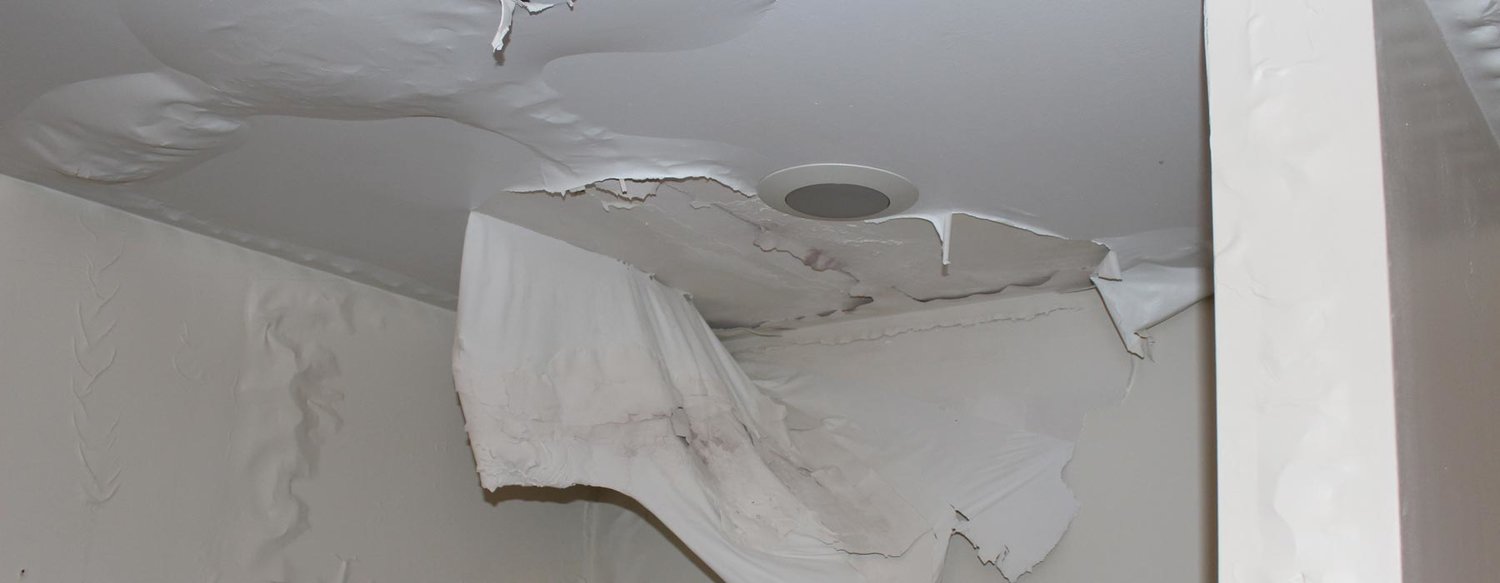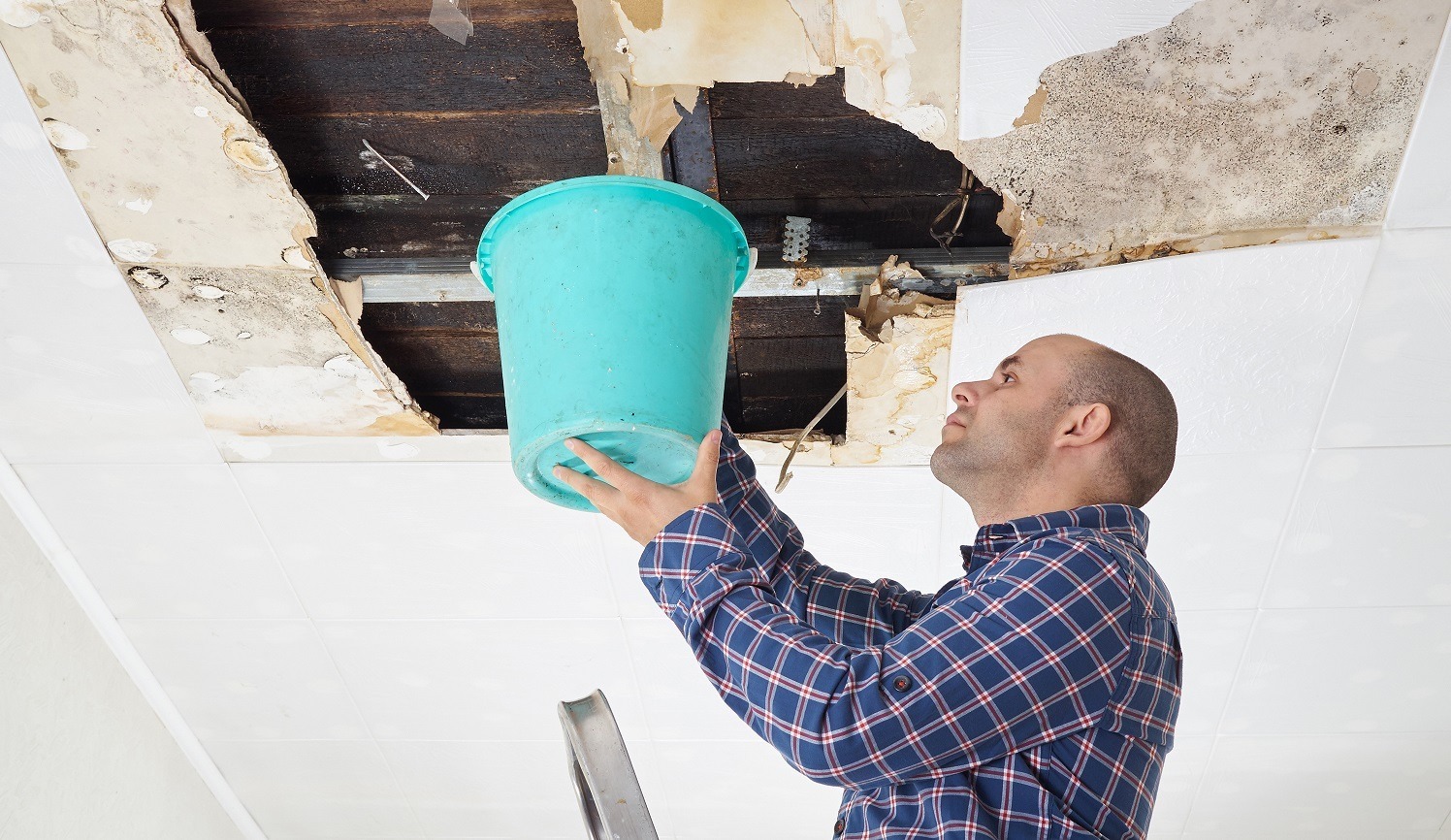Do's & Don'ts of Water Damage.
Do's & Don'ts of Water Damage.
Blog Article
On this page below you'll find more extremely good additional info pertaining to Fire And Water Damage Prevention.

Water provides life, but water intrusion on some components where it's not supposed to be can lead to damage and also trouble. If the water leaks right into your framework, it can peel away the surface and deteriorate the product's structure. Mold as well as mildew also thrive in a wet environment, which can be hazardous for your and also your family members's health and wellness. Furthermore, homes with water damages smell moldy and also old.
Water can come from several sources like tropical storms, floodings, burst pipelines, leakages, and also sewer issues. It's far better to have a functioning knowledge of security precautions if you have water damage. Here are a few guidelines on just how to manage water damage.
Do Prioritize Home Insurance Coverage
Seasonal water damages can originate from floods, seasonal rains, and also wind. There is additionally an incident of an unexpected flooding, whether it originated from a faulty pipeline that unexpectedly bursts right into your house. To protect your residence, obtain house insurance that covers both disasters such as natural calamities, as well as emergencies like broken plumbing.
Don't Neglect to Turn Off Utilities
When calamity strikes and you're in a flood-prone location, switch off the primary electrical circuit. Switching off the power stops
electrical shocks when water comes in as water acts as a conductor. Don't neglect to switch off the major water line valve as a method to avoid even more damages.
Maintain your furniture stable as they can move around as well as trigger extra damage if the floodwaters are getting high.
Do Stay Proactive and also Heed Climate Alerts
If you live in a location tormented by floods, stay ready and also aggressive at all times. Listen to the information as well as discharge warnings if you live near a body of water like a creek, river, or lake.
Do Not Neglect the Roofing System
Before the climate transforms frightful as well as for the even worse, do a roofing inspection. A better routine is to have an annual roof covering examination to mitigate complex concerns and future troubles. An excellent roofing without leakages as well as holes can be a good guard versus the rain and a tool to prevent rain damage. Your contractor ought to look after the defective seamless gutters or any other indications of damages or weakening. An inspection will certainly protect against water from moving down your wall surfaces and saturating your ceiling.
Do Take Note Of Tiny Leaks
There are red flags that can draw your interest and show to you some damaged pipelines in your home. Signs of red flags in your pipelines consist of bubbling paint, peeling wallpaper, water touches, water stains, or dripping sounds behind the walls. Repair work as well as check your plumbing repaired before it results in large damages to your residence, finances, and also a personal problem.
Don't Panic in Case of a Burst Pipeline
Timing is essential when it comes to water damage. If a pipeline bursts in your residence, promptly closed off your major water valve to reduce off the source and stop more damage. Call a trusted water damages reconstruction expert for assistance.
Water gives life, but water breach on some parts where it's not expected to be can result in damages and trouble. In enhancement, residences with water damages smell old as well as moldy.
Seasonal water damages can come from floods, seasonal rainfalls, as well as wind. Indicators of red flags in your pipes include bubbling paint, peeling off wallpaper, water touches, water spots, or leaking sounds behind the walls. If a pipe bursts in your home, immediately shut off your major water shutoff to cut off the resource and also stop more damages.
Water Damage Do's and Don'ts
Do's
Always use rubber gloves to protect your hands & rubber boots to protect your feet and legs. Damage from water and bacteria growth can begin within hours. Call for professional help. Remove as much water as possible by mopping and blotting with sponges. Pull up wet rugs and carpets if hardwood floors are below. Lift draperies off the floor, loop through a coat hanger and place the hanger on the drapery rod. Wipe furniture, prop up wet furniture cushions for even drying and place aluminum foil under furniture legs. Move photos, paintings, art objects, computers, other electronics and valuables to a safe, dry location. Do not remove books from shelves. Pack them tightly to prevent page warping until a restoration professional can begin this specialized drying. Ventilate wet areas. Turn on air conditioning for faster drying in summer (only if there is no visible mold) and winter, alternate cycles of opened windows and heating. Also, open drawers, closets and cabinet doors to enhance drying. Don'ts
Do not enter rooms where there is wet and sagging ceiling! Do not enter a room with standing water until electricity has been turned off. Do not use a regular household vacuum to remove water. Use heat to dry closed building interiors. Mildew and more moisture damage can occur. Do not use electrical appliances while on wet carpet or flooring. Do not disturb visible mold. https://www.myknowledgebroker.com/blog/personal-insurance/water-damage-dos-and-donts/

We were made aware of that editorial about Preventing Fires and Water Damage In Your Home from a friend on a different web blog. Enjoyed our write-up? Please share it. Let someone else check it out. Thank-you for taking the time to read it.
Report this page